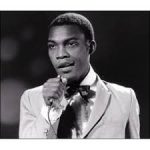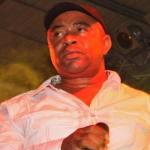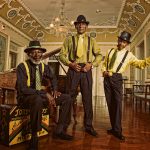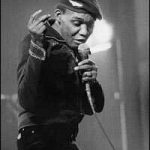RockSteady
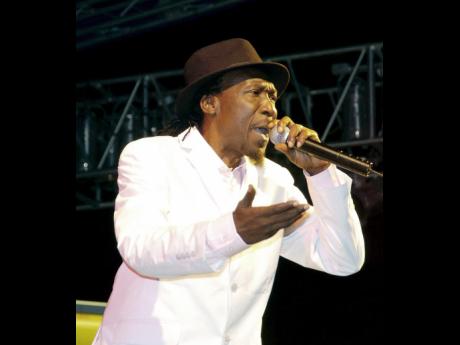
Alton Ellis the most iconic Rockstead Artist
The Essence of Rocksteady: A Musical Evolution
Rocksteady, a genre that emerged in the 1960s, is a pivotal chapter in the history of Jamaican music. As an evolution from Ska and a precursor to Reggae, Rocksteady has left an indelible mark on the musical landscape. This post delves into the essence of Rocksteady, highlighting its origins, key innovators, and its lasting impact on music globally.
Definition of Rocksteady
Rocksteady is a genre of music that originated in Jamaica in the mid-1960s. It is characterized by a slower tempo than its predecessor, Ska. It also incorporates elements from rhythm and blues (R&B), jazz, African and Latin American drumming, and other genres. The term “Rocksteady” was popularized by Alton Ellis’s song “Rock Steady.” This introduced a new style of dance that was less frenetic than Ska.
Musical Characteristics
One of the defining features of Rocksteady is its rhythm. The genre utilizes offbeat rhythms, with staccato chords played by guitar and piano on the offbeats of the measure. The “one drop” drum beat is characterized by a heavy accent on the second and fourth beat. This is a hallmark of Rocksteady’s sound. This beat is complemented by a side stick “click” on the snare drum, a technique influenced by Latin music.
The Innovator: Lynn Taitt
Lynn Taitt, a guitarist and bandleader, is often credited with pioneering the Rocksteady sound. During a recording session in 1964, Taitt slowed down the Ska beat. This created a more relaxed tempo that became the signature of Rocksteady. His innovative approach to rhythm and arrangement set the stage for the genre’s development. It eventually transformed into Reggae.
Popular Rocksteady Songs and Artists
Rocksteady has produced numerous hits, many of which remain beloved classics today. Here are five popular Rocksteady songs and their artists:
- “Girl I’ve Got a Date” by Alton Ellis
Often referred to as the “Godfather of Rocksteady,” Alton Ellis’s hit is a quintessential track in the genre. - “Take It Easy” by Hopeton Lewis
This song is considered one of the first Rocksteady singles, with its laid-back rhythm capturing the essence of the genre. - “Tougher Than Tough” by Derrick Morgan
Known for its strong lyrics and rhythm, this track exemplifies the Rocksteady sound. - “Hold Them” by Roy Shirley
This song highlights the transition from Ska to Rocksteady, with its slower tempo and smooth vocals. - “Queen Majesty” by The Techniques
A cover of “Minstrel and Queen” by The Impressions, this song showcases the vocal harmony groups that were integral to Rocksteady.
Rocksteady’s Influence and Legacy
Despite its short-lived popularity from 1966 to 1968, Rocksteady’s influence is profound. It laid the groundwork for Reggae and influenced a wide array of musical styles. Many artists who began their careers in Rocksteady continued to impact the music world through Reggae and beyond.
Transition to Reggae
Several factors contributed to Rocksteady’s evolution into Reggae. The departure of key arrangers like Jackie Mittoo and Lynn Taitt to Canada affected the genre. This, coupled with advancements in Jamaican studio technology, led to complex bass patterns and a shift in instrumental emphasis. Additionally, the Rastafari movement’s rise influenced the thematic direction of Jamaican music. It focused more on political and social issues.
Rocksteady’s Place in Jamaican Culture
Rocksteady is cherished not only in Jamaica but globally. It encapsulates a unique period in musical history. Its rhythms and themes resonate through generations, influencing genres such as dub and dancehall. With its roots deeply planted in the cultural fabric of Jamaica, Rocksteady continues to be celebrated for its contributions to the world of music.
Conclusion
Rocksteady, though brief in its prominence, remains a cornerstone of Jamaican music. Its blend of musical influences and innovative rhythms paved the way for Reggae. It left a lasting legacy that continues to inspire musicians today. As we explore the rich tapestry of Rocksteady, we recognize its significant role in shaping the global music scene. Whether through the unforgettable melodies of Alton Ellis or the groundbreaking rhythms of Lynn Taitt, Rocksteady’s spirit endures. It reminds us of its timeless appeal.

